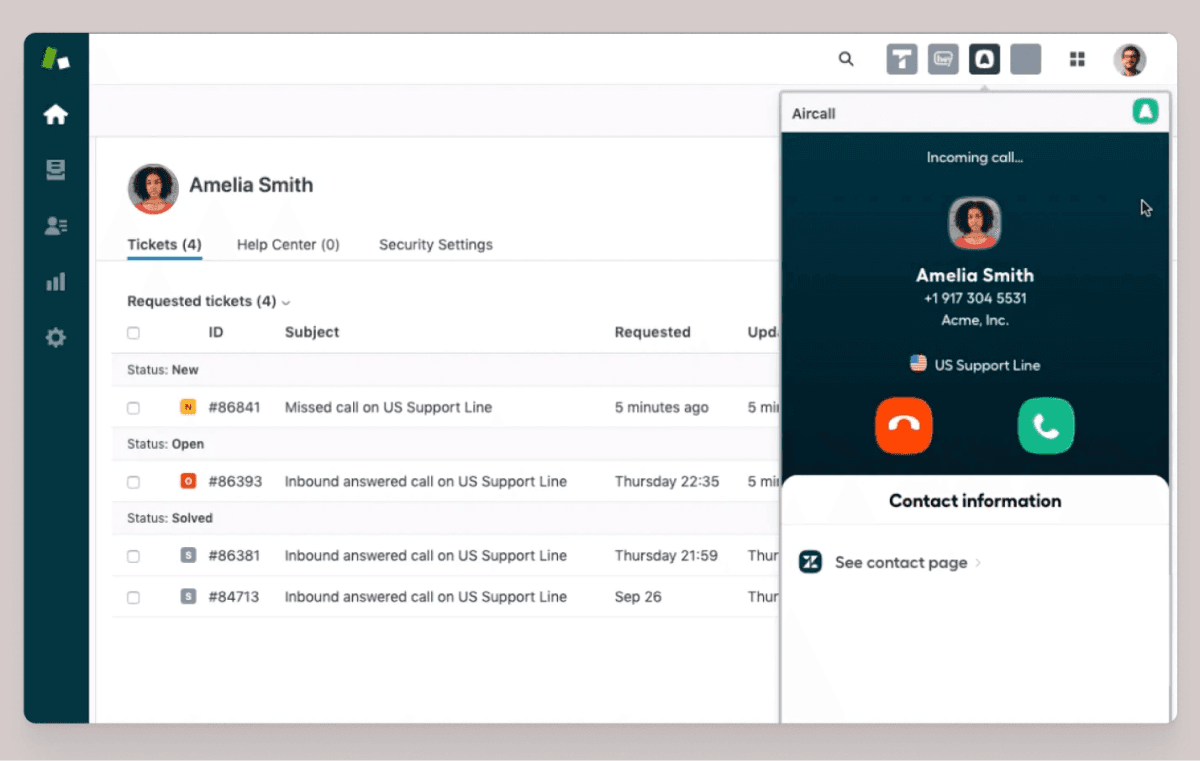Case StudyStream Team: Product - Designing Effective Design Critiques
Zendesk, a global leader in customer service software, faced challenges in maintaining high design standards and fostering effective collaboration among design teams. Informal and unstructured feedback sessions often led to unclear direction, miscommunication, and suboptimal design solutions. To address these issues, Zendesk needed a structured approach to design critiques that would provide clear, actionable feedback and improve overall design quality.

The Solution
Led by Gianni Clifford, Director of Product Design at Zendesk, the company implemented a structured design critique process. The approach included several key components:
- Establishing Clear Objectives: Defining the goals and expectations for design critiques to ensure that all participants understood the purpose and desired outcomes.
- Standardized Process: Developing a standardized process for conducting design critiques, including guidelines on how to prepare, present, and provide feedback.
- Role Definition: Assigning specific roles within the critique sessions, such as facilitator, presenter, and reviewers, to ensure that the sessions were organized and productive.
- Focus on Constructive Feedback: Encouraging a culture of constructive feedback, where critiques focused on actionable suggestions and improvements rather than personal opinions.
- Documentation and Follow-Up: Documenting the feedback provided during critiques and ensuring follow-up actions were taken to incorporate the feedback into the design work.
- Regular Scheduling: Establishing a regular schedule for design critiques to ensure continuous improvement and iterative development of design solutions.
Outcomes achieved
Implementing a structured design critique process at Zendesk led to several significant outcomes:
- Improved Design Quality: Structured critiques provided clear, actionable feedback that helped designers refine their work and achieve higher-quality design outcomes.
- Enhanced Collaboration: The standardized process and clear roles fostered better collaboration among team members, as everyone understood their responsibilities and the value of their contributions.
- Greater Consistency: Regular design critiques helped maintain design consistency across different projects and teams, ensuring a cohesive user experience.
- Efficient Problem-Solving: Constructive feedback sessions enabled designers to identify and address issues more efficiently, reducing the time spent on revisions and iterations.
- Increased Engagement: The structured approach to feedback encouraged more active participation and engagement from all team members, leading to a more inclusive and dynamic design process.
- Continuous Improvement: Regularly scheduled critiques promoted a culture of continuous improvement, where designers were constantly learning and evolving their skills.
